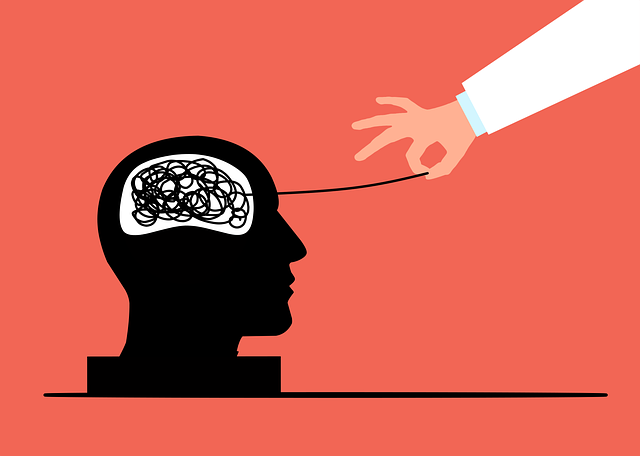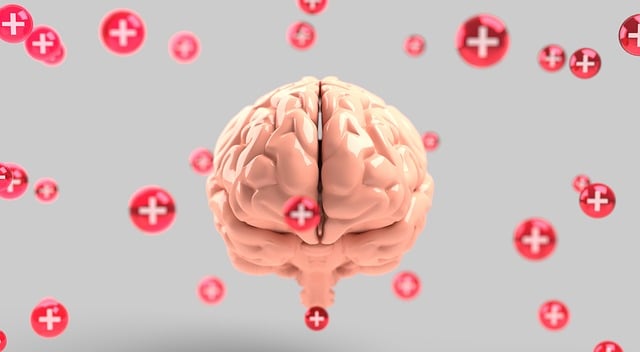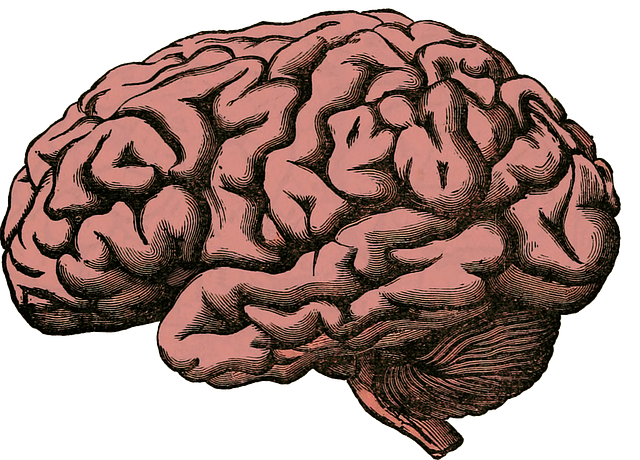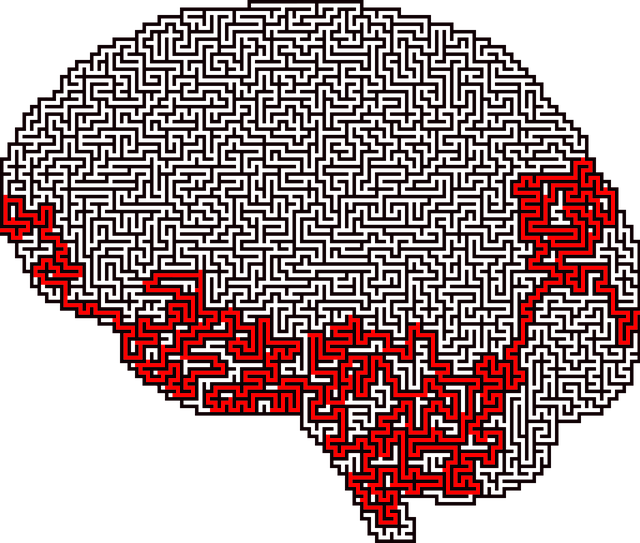Adults with Autism Spectrum Disorder (ASD) face unique challenges transitioning into adulthood, including social interaction difficulties, restricted interests, and repetitive behaviors. Late diagnoses complicate matters, making self-care routine development a significant challenge. Effective therapy tailored to their specific needs is crucial for empowering them to lead fulfilling lives. The media's portrayal of ASD has evolved but still perpetuates myths and stereotypes, hindering public understanding and access to therapy. Authentic narratives, developed in collaboration with experts, can foster understanding and acceptance, while advocacy groups offer stress management workshops. Specialized therapy plays a vital role in teaching self-care practices, allowing for more nuanced adult ASD representations on screen.
“Uncovering the nuances of mental health representation, this article delves into the challenges and opportunities surrounding Autism Spectrum Disorder (ASD) in adult characters within media. With a focus on ASD symptoms and misconceptions, we explore the current landscape and its impact. From myth-busting to innovative solutions, we advocate for enhanced media portrayal through accurate representations. Furthermore, the power of therapy is examined as a pivotal tool in shaping positive, on-screen adult ASD depictions, fostering better public understanding, and promoting inclusivity.”
- Understanding Autism Spectrum Disorder (ASD) in Adults: Symptoms and Challenges
- The Current State of ASD Representation in Media: Myths and Misconceptions
- Innovative Solutions: Enhancing Media Portrayal for Better Public Understanding
- The Role of Therapy in Shaping Positive Adult ASD Depictions on Screen
Understanding Autism Spectrum Disorder (ASD) in Adults: Symptoms and Challenges

Autism Spectrum Disorder (ASD) in adults presents a unique set of challenges due to its often undiagnosed nature late in life. Symptoms can include difficulties with social interaction and communication, restricted interests, and repetitive behaviors—all of which may have been overlooked or misattributed during adolescence. As these individuals transition into adulthood, they face the added pressures of independent living, career choices, and navigating complex social environments. Many adults on the spectrum struggle with self-care routine development for better mental health, as they might not recognize their needs or find it challenging to express them.
The quest for appropriate therapy for adults with ASD is crucial. It involves tailored interventions focusing on improving social skills, enhancing communication strategies, and teaching self-awareness exercises to manage sensory sensitivities. Conflict resolution techniques can also be instrumental in helping individuals assert themselves while mitigating potential triggers. By fostering better understanding and access to support systems, we can empower adults on the autism spectrum to lead fulfilling lives.
The Current State of ASD Representation in Media: Myths and Misconceptions

The media’s portrayal of Autism Spectrum Disorder (ASD) has significantly evolved over the years, yet challenges remain in accurately and sensitively depicting individuals on the spectrum. Often, mainstream media perpetuates myths and misconceptions about ASD, contributing to societal misunderstandings. The current state of representation is marked by a lack of nuanced storytelling, leading to one-dimensional characters or, worse, harmful stereotypes. Many popular depictions fail to capture the vast range of abilities and experiences within the autism community, focusing predominantly on severe cases that may not reflect the reality of many adults living with ASD.
This misrepresentations hinder access to much-needed therapy for adults with autism spectrum disorder and coping skills development. They can also impact public perception, fostering isolation and a lack of empathy among neurodivergent individuals. To address these issues, media organizations should prioritize consulting experts, including therapists specializing in ASD, to ensure accurate portrayals. Promoting emotional healing processes through authentic narratives can contribute to better understanding and acceptance, while stress management workshops organized by advocacy groups can empower adults on the spectrum to navigate societal challenges.
Innovative Solutions: Enhancing Media Portrayal for Better Public Understanding

Media representation plays a pivotal role in shaping public perceptions about mental health issues. To address the challenges of inaccurate or insufficient portrayal, innovative solutions are emerging. These include collaborative efforts between media professionals and mental health experts to ensure more authentic and nuanced storytelling. By integrating real-life experiences and consulting people with conditions like Autism Spectrum Disorder (ASD) and their support systems, media platforms can foster better understanding and empathy among the general public.
One such strategy is incorporating communication techniques tailored for individuals with ASD, making content more accessible. Additionally, focusing on stress management and reduction methods in narratives can humanize characters and showcase effective coping strategies. These approaches not only enhance the quality of media representation but also encourage viewers to seek appropriate therapy or support if needed, ultimately promoting a more inclusive and empathetic society.
The Role of Therapy in Shaping Positive Adult ASD Depictions on Screen

The media’s portrayal of individuals with Autism Spectrum Disorder (ASD) has significantly evolved over time, largely due to a growing understanding of the condition and increased representation of neurodivergent actors. However, crafting authentic and positive adult ASD depictions remains a challenge. Therapy plays a pivotal role in this regard, offering tools and strategies that can enhance self-esteem improvement and promote positive thinking among adults with ASD. Through specialized therapy for adults with autism spectrum disorder, individuals gain valuable self-care practices to navigate social interactions, express their emotions, and build confidence.
This therapeutic process allows for a more nuanced exploration of the adult ASD experience on screen, moving beyond stereotypical portrayals. By integrating these real-life strategies into storytelling, media can showcase the strengths and unique perspectives of adults with ASD while emphasizing their abilities and potential rather than focusing solely on challenges. Such representations foster a more inclusive environment, both in front of and behind the camera, contributing to a broader understanding and acceptance of neurodiversity.
In conclusion, improving mental health representation in media, particularly regarding adults with Autism Spectrum Disorder (ASD), is a crucial step towards fostering understanding and breaking down misconceptions. By addressing myths through innovative solutions, such as enhanced screen portrayals and therapy integration, we can create a more inclusive narrative that benefits both individuals on the spectrum and the wider public. The journey towards accurate representation involves collaborative efforts from media creators, healthcare professionals, and advocates, ultimately leading to better access to information and improved support for adults with ASD. This shift in perspective is essential, as it not only challenges stereotypes but also encourages empathy and acceptance in our society.












